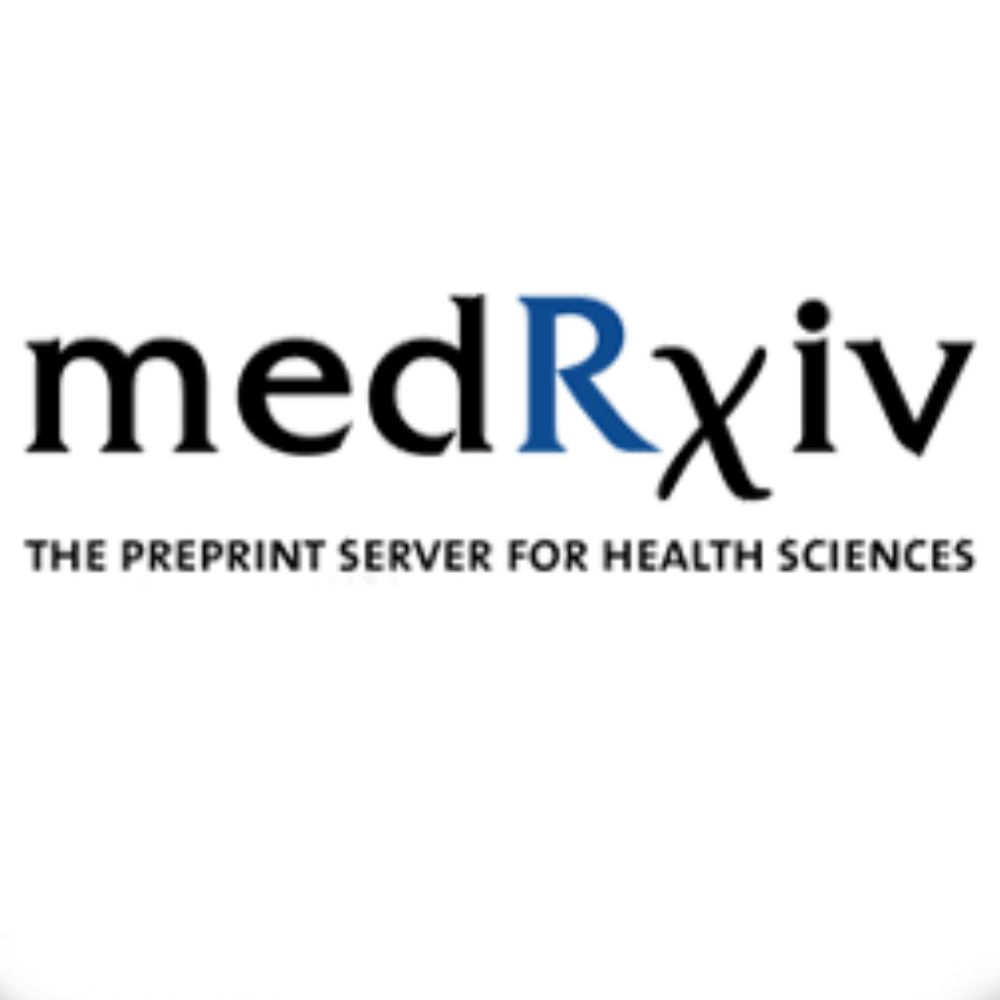
The deep learning pipeline was more reproducible and had better concordance with guidelines. And it’s open source!
Preprint: medrxiv.org/content/10.1...
Code: github.com/echonet/dias...
@davidouyang.bsky.social
Cardiologist, Data Scientist, AI researcher

The deep learning pipeline was more reproducible and had better concordance with guidelines. And it’s open source!
Preprint: medrxiv.org/content/10.1...
Code: github.com/echonet/dias...
Victoria developed a fully automated pipeline that processes an entire #echofirst study, view classifies important views, rejects low quality images, derives measurements from each image, and uses the @ase360.bsky.social algorithm to assess diastolic function.
04.05.2025 04:13 — 👍 1 🔁 0 💬 1 📌 0Diastolic function underpins many cardiac conditions, including HFpEF, however #echofirst assessment is complex.
@ase360.bsky.social expert guidelines integrate many elements for comprehensive assessment, however its complexity lead to missingness and inconsistency in clinical practice.
Congratulations to Sarnoff Fellow Victoria Yuan on her new preprint 'Automated Deep Learning Pipeline for Characterizing Left Ventricular Diastolic Function'!
04.05.2025 04:12 — 👍 8 🔁 2 💬 1 📌 0
n/n
Congrats Christina!
Preprint: medrxiv.org/content/10.1...
Github: github.com/echonet/AR

3/n Without additional prompting, our #echofirst model naturally gravitates towards the vena contracta in color Doppler videos to assess AR severity.
25.03.2025 22:08 — 👍 2 🔁 0 💬 1 📌 0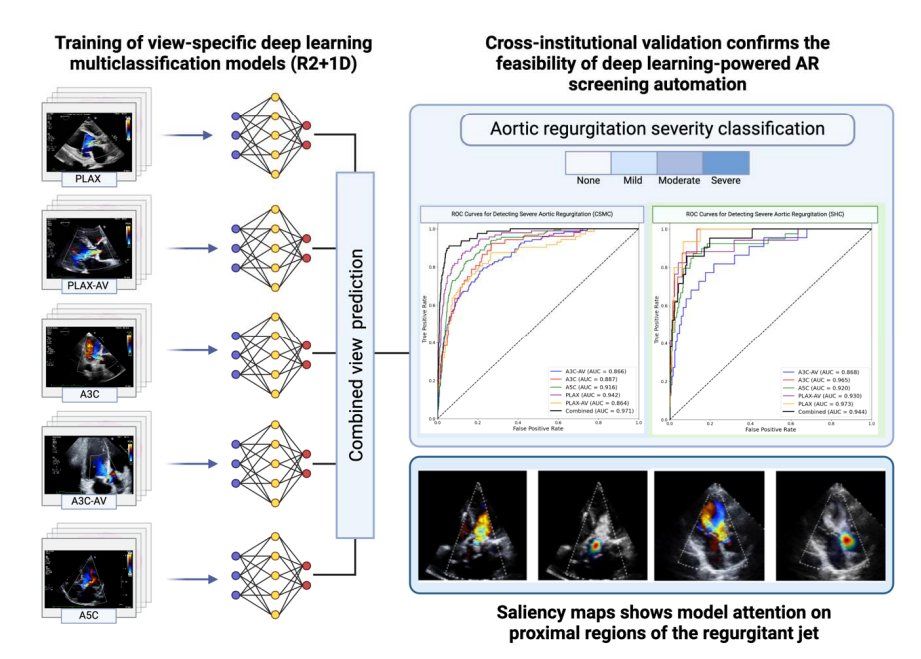
2/n Accurate assessment of AR severity and sequalae is critical for surveillance and timing of surgery. Using over 40k studies from @smidtheart.bsky.social and validated on 1.5k studies from @stanforddeptmed.bsky.social, we show that AI can accurately assess AR severity across a range of patients.
25.03.2025 22:07 — 👍 2 🔁 0 💬 1 📌 0
1/n Excited to announce work by Dr. @BinderRodriguez
from @MedUni_Wien on the AI automated assessment of Aortic Regurgitation (AR) on #echofirst using 59,500 videos from @smidtheart.bsky.social. Lead by Dr. Bob Siegel.
5/n Preprint: medrxiv.org/content/10.1...
GitHub: github.com/echonet/meas...
Demo: On Github.

4/n Combined with EchoPrime, which enables automated structured reporting, with EchoNet-Measurements, which enables automated measurements, we envision truly automated comprehensive echocardiography.
Access to #POCUS and #echofirst improves accuracy and access to care.
x.com/David_Ouyang...

3/n Across a wide range of image quality, patient characteristics, and study types, EchoNet-Measurements perform well, improving upon sonographers' and cardiologists' precision.
20.03.2025 22:34 — 👍 0 🔁 0 💬 1 📌 0
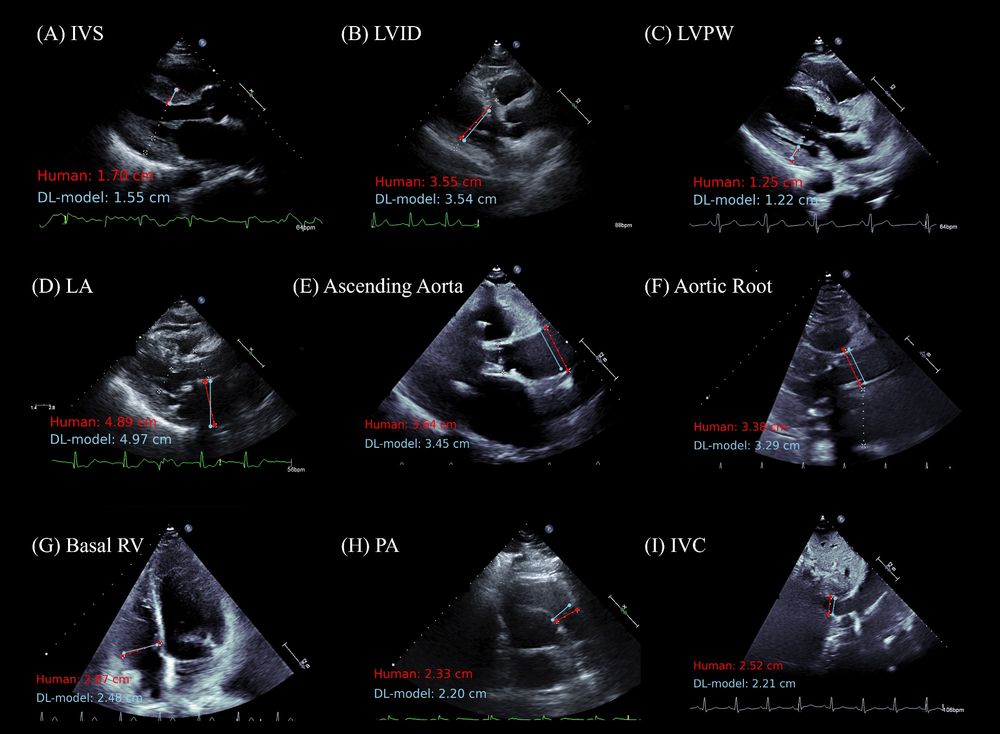
2/n Lead by Yuki Sahashi, EchoNet-Measurements provide automated annotations for the 18 most common #echofirst (both B mode and Doppler) measurements.
Excellent performance in test cohorts (overall R2 of 0.967 in the held-out CSMC dataset and 0.987 in the SHC dataset)
1/n We are thrilled to present EchoNet-Measurements, an open source, comprehensive AI platform for automated #echofirst measurements.
Using more than 1,414,709 annotations from 155,215 studies from 78,037 patients for training, this is the most comprehensive #echofirst segmentation model.
My favorite feature is if you have multiple calendars, it’s put side by side
18.03.2025 03:36 — 👍 2 🔁 0 💬 2 📌 0
A new article highlights an #AI algorithm that screens for chronic liver diseases in patients undergoing transthoracic echocardiography studies, using standard subcostal images routinely obtained to evaluate the inferior vena cava. Full article: nejm.ai/3XJuPNl
#MedSky #MLSky

This model is trained on cases and controls matched by wall thickness, and is able to accurately identify who has LVOT obstruction. Strong performance validated at two sites.
Talk to us at #acc25 if any questions!
Preprint: medrxiv.org/content/10.1...
Github: github.com/echonet/obst...
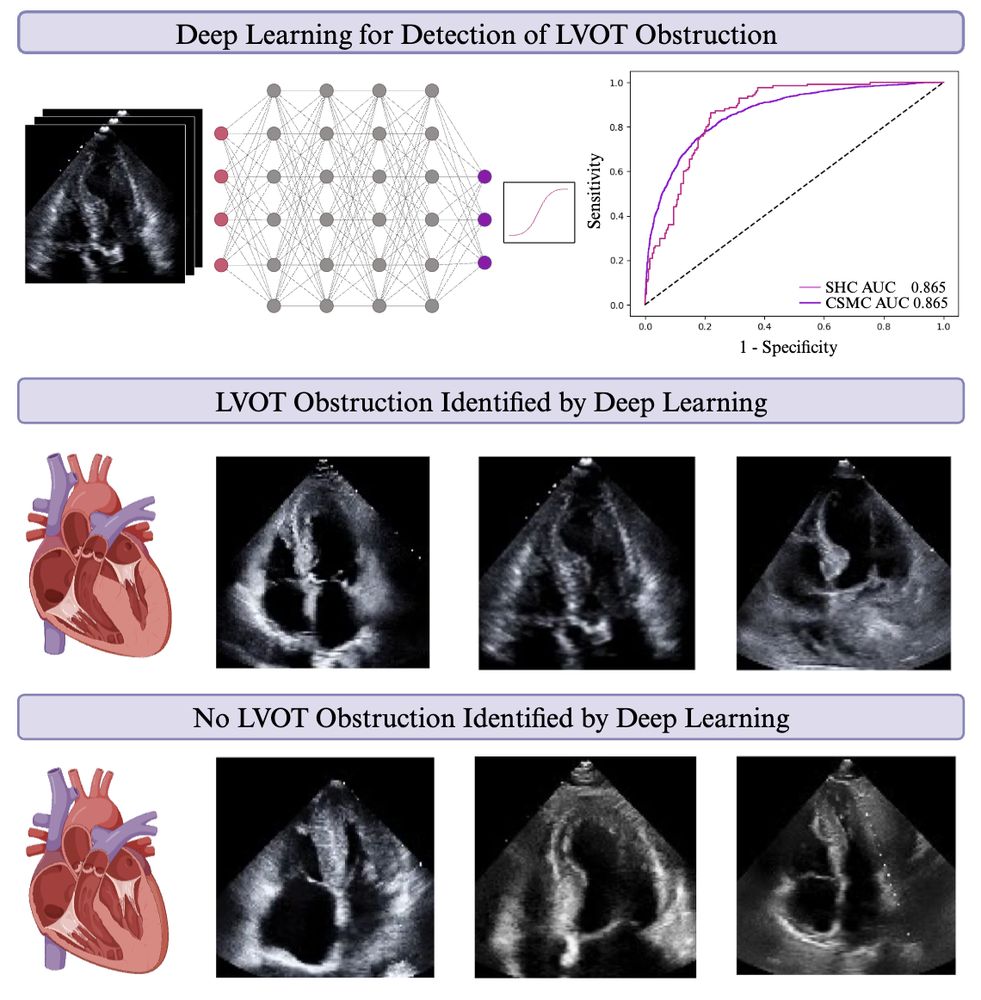
New preprint by @SarnoffCardio and @dgsomucla Victoria Yuan:
There are new therapies for obstructive HCM, however obstruction is frequently missed. Extra #echofirst work is required to eval for obstruction.
We develop an AI model on standard A4C videos to identify patients w/ obstruction.
Consistency - one of the most useful heuristics of whether a medical AI model is good or not.
I've noticed that AI models trained on small datasets tend to jitter - jumping a lot from frame to frame - while robust models tend to have consistent measurements across the entire video.
Coming soon...
Original Article: Development and Evaluation of a Model to Manage Patient Portal Messages nejm.ai/3XmIx8m
Original Article: Opportunistic Screening of Chronic Liver Disease with Deep-Learning–Enhanced Echocardiography nejm.ai/3XJuPNl
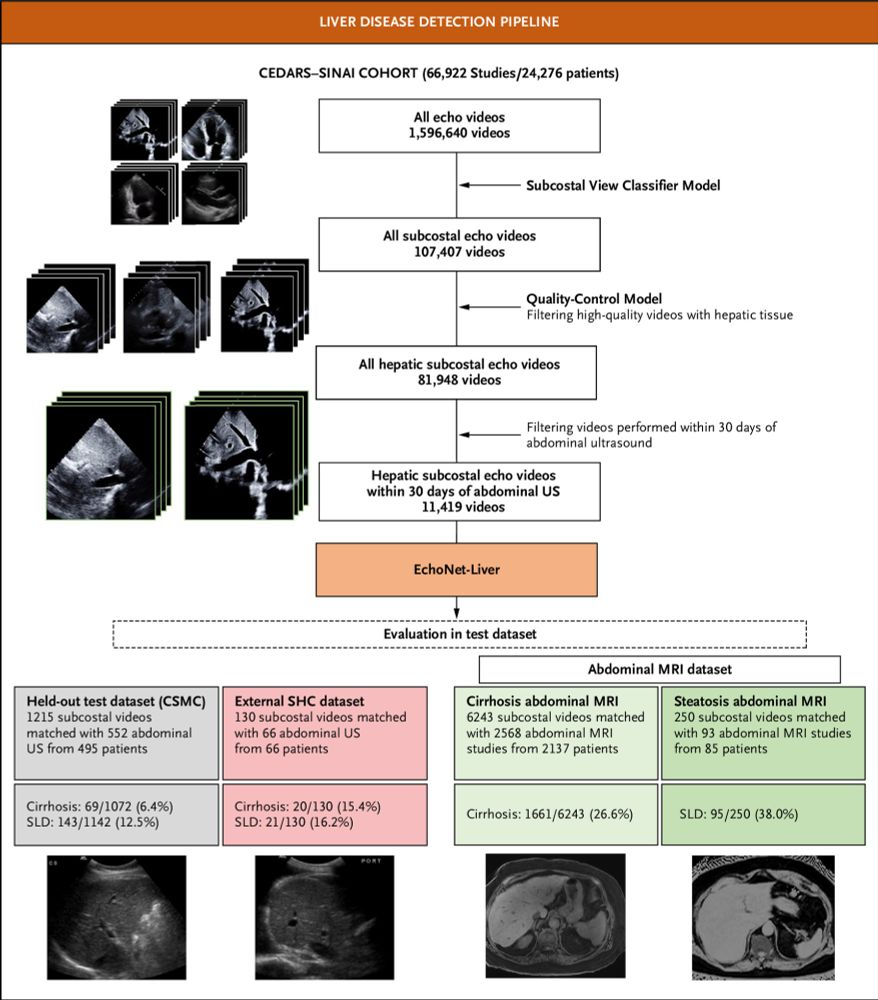
Hey! I'm new here, but into science. Here's a paper that we just published (today) which uses deep learning on echocardiography to identify liver disease on subcostal views. I'm hoping that this type of cross-organ / somewhat multi-modal approaches inspires people! ai.nejm.org/stoken/defau...
27.02.2025 19:08 — 👍 4 🔁 1 💬 1 📌 0